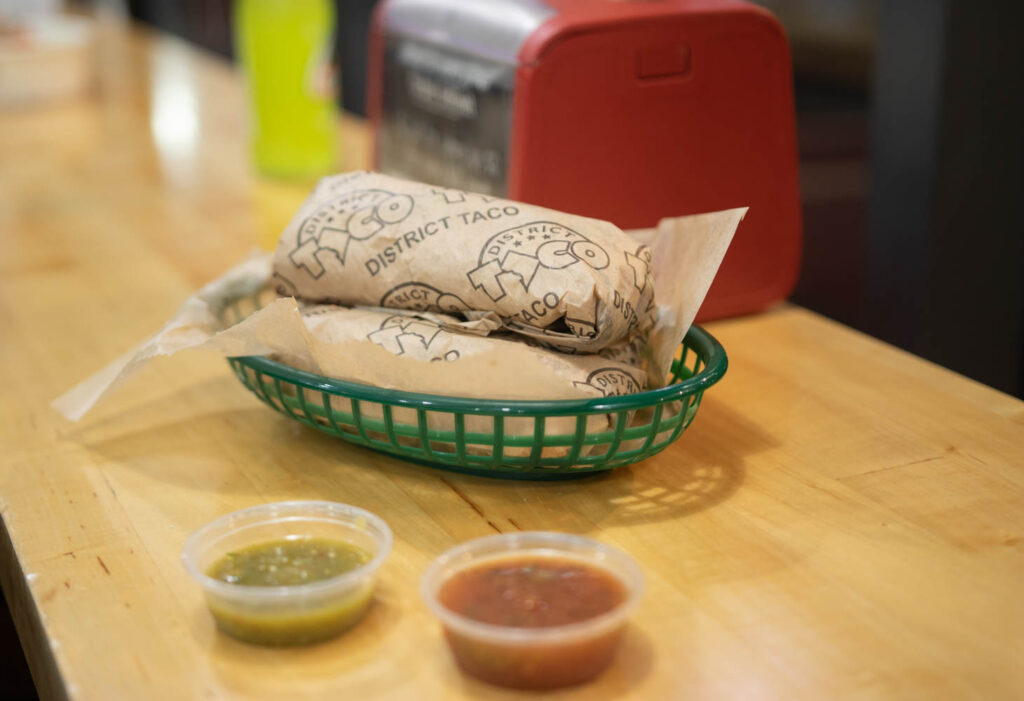
The world of Mexican cuisine is a vibrant tapestry of flavors, and no dish is complete without the perfect condiment. Two contenders often vie for this coveted spot: salsa and taco sauce. Both bring their unique characteristics to the table, leaving many wondering which reigns supreme. This article delves into the nuances of each condiment, exploring their flavor profiles, culinary applications, and ultimately, helping you determine the best choice for your taste buds.
This exploration will begin by dissecting the core differences between salsa and taco sauce, examining their individual flavor profiles in detail. We’ll then venture into the realm of pairings, discovering which condiment complements specific Mexican dishes best. Finally, armed with this knowledge, you’ll be equipped to confidently choose the perfect condiment for your next culinary adventure.
Salsa vs Taco Sauce
At first glance, salsa and taco sauce may appear similar, both boasting a tomato base and a hint of spice. However, their differences lie in texture, flavor intensity, and overall purpose.
Salsa, often described as the “soul” of Mexican cuisine, is typically chunky and vibrant, featuring fresh ingredients like tomatoes, onions, cilantro, and chili peppers. Its texture ranges from coarse to finely chopped, depending on personal preference and regional variations. Taco sauce, on the other hand, tends to be smoother and more homogenous, achieved through blending or processing. It often incorporates a wider range of spices, including cumin, paprika, oregano, and garlic powder, creating a richer, more savory flavor profile.
Salsa Flavor Profile

Salsa’s flavor profile is a symphony of freshness and heat. The sweetness of ripe tomatoes blends beautifully with the sharp bite of onions and the herbaceous aroma of cilantro. Chili peppers, ranging from mild jalapeños to fiery habaneros, add a customizable level of heat, allowing you to tailor the intensity to your liking.
Regional Variations
The beauty of salsa lies in its regional variations. In Mexico City, you’ll find “Salsa Roja,” a vibrant red sauce made with tomatoes, onions, and chili peppers. “Salsa Verde,” originating from the north, features tomatillos, green chilies, and cilantro for a tangy, herbaceous flavor.
Versatility
Salsa’s versatility extends beyond tacos. It elevates eggs, grilled meats, fish, and even chips and dips. Its bright acidity cuts through richness, adding a refreshing counterpoint to heavier dishes.
Taco Sauce Flavor Profile
Taco sauce boasts a more complex and savory flavor profile compared to salsa. The base of tomato paste provides a rich foundation, while cumin, paprika, oregano, and garlic powder lend warmth and depth. Some recipes incorporate additional ingredients like cocoa powder or chipotle peppers for a smoky, slightly sweet dimension.
Sweet Heat
Many taco sauces strike a balance between savory and sweet, with hints of sugar or honey adding a touch of caramelization. This sweetness complements the spicy notes, creating a harmonious flavor profile that’s both comforting and satisfying.
Consistency
The smooth consistency of taco sauce allows it to coat tacos evenly, ensuring every bite is infused with flavor. It also lends itself well to dipping, providing a flavorful accompaniment for nachos, fries, or even chicken wings.
Choosing the Right Condiment

Ultimately, the choice between salsa and taco sauce boils down to personal preference and the specific dish you’re preparing.
If you crave a fresh, vibrant flavor with a customizable level of heat, salsa is your go-to. Its chunky texture adds a delightful textural element to tacos, burritos, or even eggs. For a richer, more savory experience, taco sauce delivers a comforting warmth and depth of flavor that complements grilled meats, beans, and rice dishes.
Mexican Cuisine Pairings
Both salsa and taco sauce find their place in the diverse world of Mexican cuisine.
Salsa, with its bright acidity and fresh flavors, pairs beautifully with lighter dishes like ceviche, tostadas, or quesadillas. Its versatility extends to grilled meats, fish tacos, and even breakfast burritos. Taco sauce, on the other hand, shines when paired with heartier dishes like enchiladas, carnitas, or barbacoa. Its rich, savory flavor complements the richness of these dishes, creating a harmonious balance.
Conclusion
The debate between salsa and taco sauce is ultimately a matter of personal taste. Both condiments bring unique flavors and textures to the table, enriching the world of Mexican cuisine. Whether you prefer the vibrant freshness of salsa or the comforting warmth of taco sauce, both elevate your culinary experience, adding a touch of authentic flavor to every bite.
